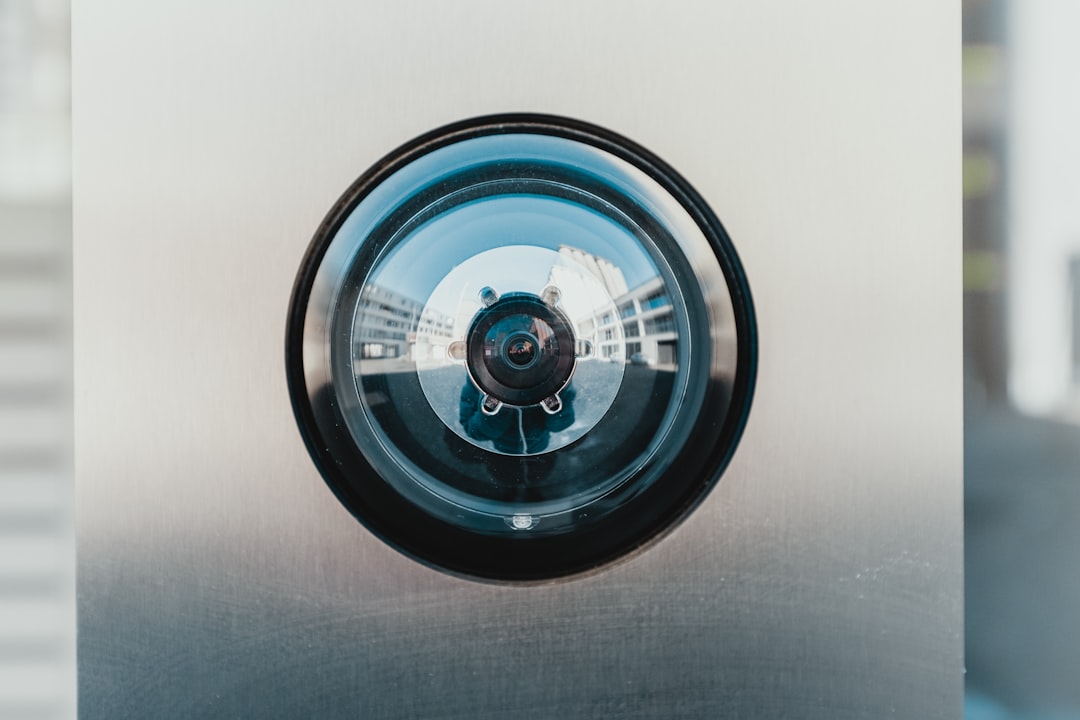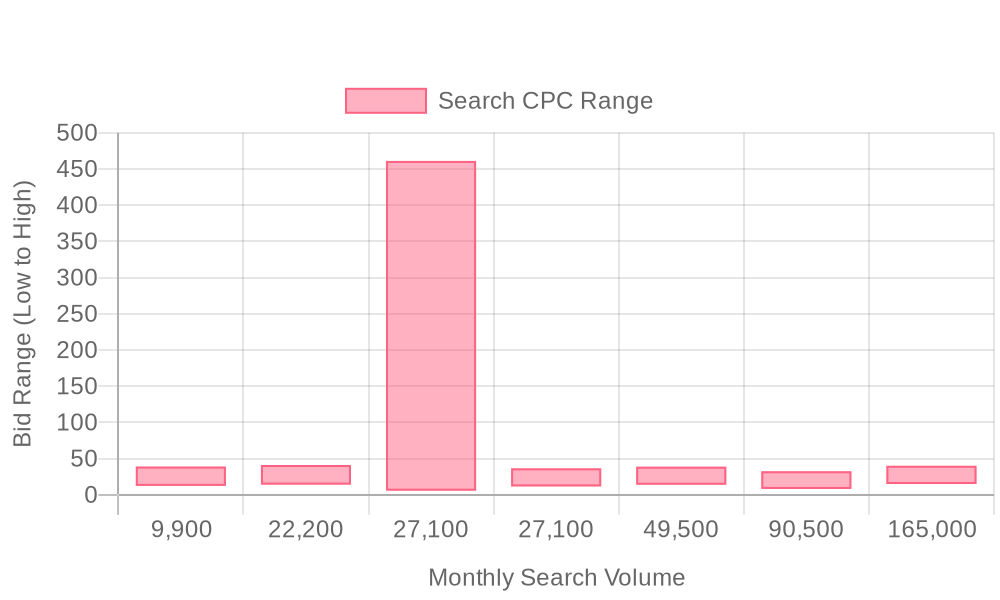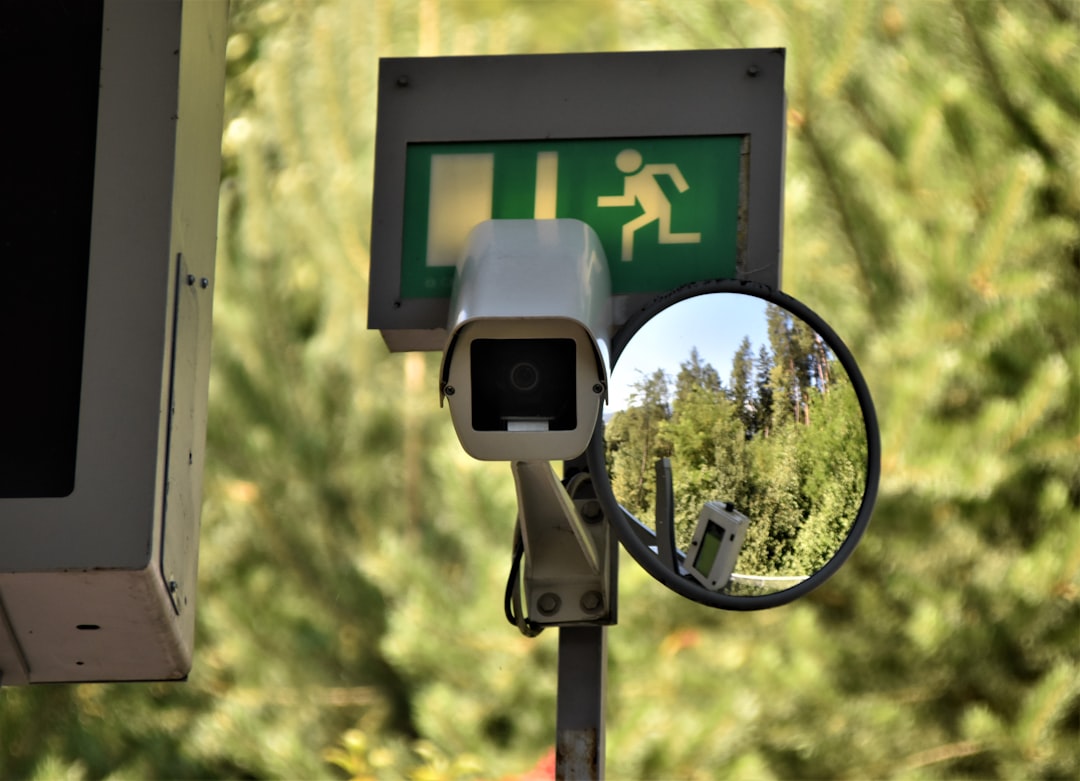
Supercharge your lead generation with a FREE Google Ads audit - no strings attached! See how you can generate more and higher quality leads
Get My Free Google Ads AuditFree consultation

No commitment
Supercharge your lead generation with a FREE LinkedIn Ads audit - no strings attached! See how you can generate more and higher quality leads
Get My Free Google Ads AuditFree consultation

No commitment
Supercharge your lead generation with a FREE Meta Ads audit - no strings attached! See how you can generate more and higher quality leads
Get My Free Google Ads AuditGet My Free LinkedIn Ads AuditGet My Free Meta Ads AuditFree consultation

No commitment
Supercharge your lead generation with a FREE Google Ads audit - no strings attached! See how you can generate more and higher quality leads
Get My Free Google Ads AuditFree consultation

No commitment
In the competitive world of security systems marketing, capturing and converting leads can be daunting due to the rapid evolution of digital landscapes and customer expectations. High-value prospects often slip through the cracks, leading to lost opportunities that could otherwise drive significant business growth. Google Ads provides a powerful platform to mitigate such challenges by bridging the gap between digital presence and precise customer targeting. By leveraging advanced tools and strategies, B2B marketers can overcome the difficulty in capturing high-intent audiences seeking security solutions. This guide outlines effective strategies for leveraging Google Ads to drive qualified leads and enhance your marketing efficacy, making it an essential component for security system providers aiming to capture their ideal audience efficiently.

Security systems marketing demands precision at every stage of the customer journey. Success hinges on capturing high-intent buyers as they actively seek solutions, while ensuring timely, relevant engagement that turns interest into qualified leads.
Modern B2B revenue teams use advanced identification and audience-building strategies to close gaps left by traditional CRMs. By leveraging enriched prospect data and real-time behavioral signals, marketers can synchronize their ad spend with genuine purchase intent, maximizing ROI across both online and offline channels. Platforms like Sona Identification help identify and prioritize high-value visitors, ensuring your campaigns reach decision-makers who are ready to engage.
Security systems providers face a unique digital marketing landscape where urgency, trust, and precise targeting dictate campaign success. Reaching decision-makers at the exact moment of need requires a strategy that converts intent into measurable outcomes while adapting to a fast-moving, high-stakes market.

Security systems marketers require precision in campaign structure to reach buyers searching for both residential and commercial solutions. Selecting the right campaign format is essential for aligning with the unique buying signals and urgency common in this sector. Each campaign type below enables deeper engagement with prospects, leveraging real-time data and intent to streamline every stage of the buyer’s journey.

| Industry | Keyword | Monthly Search Volume | Competition Level | Low Bid | High Bid |
| Security Systems | home alarm systems | 9900 | HIGH | 12.45 | 39.05 |
| Security Systems | alarm systems | 22200 | HIGH | 14.22 | 41.23 |
| Security Systems | vivint security | 27100 | HIGH | 5.8 | 461.13 |
| Security Systems | home security | 27100 | MEDIUM | 11.74 | 36.62 |
| Security Systems | security systems | 49500 | HIGH | 14 | 38.9 |
| Security Systems | best home security system | 90500 | MEDIUM | 8.19 | 32.61 |
| Security Systems | home security systems | 165000 | HIGH | 15 | 40.15 |
Effective keyword strategy is the cornerstone of high-performing google ads for security systems campaigns. Precision in keyword selection not only increases click-through rates and qualified lead volume but also ensures budget is dedicated to audiences most likely to convert. Marketers who refine their keyword approach routinely see higher ROI and more predictable pipeline impact.
Security marketers can further elevate performance by identifying the specific companies and users engaging with their ads, instead of relying solely on anonymous click data. Tools like company identification help reveal which organizations are interacting with your campaigns, empowering teams to shift budget dynamically toward accounts demonstrating purchase signals. As leads progress through the buying journey, dynamic audience segments update seamlessly, ensuring remarketing and upsell ads hit the right targets at the right moments. Enriched audience data and conversion outcomes can be synced directly to Google Ads and CRM platforms, enabling unified reporting and true ROI measurement for all security campaigns.
Growth in digital marketing for security systems depends on identifying and acting on overlooked segments, service adjacencies, and evolving customer intent. High-performing teams leverage data to reveal where existing Google Ads campaigns fall short of full-market coverage, often exposing revenue streams that competitors miss. This approach transforms campaigns from static setups into dynamic engines that consistently surface new demand.
Growth-focused advertisers in the security sector unify campaign data across Google Ads, CRM, and offline channels, enabling advanced attribution and seamless handoffs between marketing and sales. For more insights on integrating marketing and sales data, check out our guide on revenue attribution. As a result, marketing leaders move beyond surface metrics to measure true business impact, adapting their strategies as new market opportunities emerge.

Effective audience segmentation is central to high-performing security systems marketing. Relevance increases dramatically when campaigns distinguish commercial property stakeholders from residential buyers, ensuring each group receives messaging that addresses their unique security priorities. Marketers who leverage granular segmentation consistently report higher engagement and more efficient use of advertising budgets.
Precision in keyword selection is fundamental for security systems campaigns. Organizing keywords by service types, such as "commercial alarm installation," "residential CCTV setup," and "enterprise access control systems," narrows audiences to those actively searching for relevant solutions. For additional ideas, see Google Ads keyword guidance as a useful starting point for security-focused campaigns.
Long-tail queries like "best monitored security services for retail stores" or "fire alarm compliance for warehouses" capture intent-rich leads and minimize wasted spend. Integrating intent data into keyword strategy enables marketers to prioritize high-fit accounts based on real-time behavior. Advanced platforms can pinpoint visitors from target companies, revealing which organizations are searching for terms like "cloud video surveillance solutions." This intelligence supports dynamic keyword expansion and lets teams shift budget toward segments most likely to convert, resulting in more efficient PPC for security systems and higher Google Ads ROI.
Effective ad copy addresses urgent pain points faced by security decision-makers. Headlines such as "Protect Your Business 24/7 with NDAA-Compliant Cameras" or "Instant Alarm Response, Certified Technicians" speak directly to buyer priorities. Incorporating trust signals like certifications, customer testimonials, and industry awards builds credibility, while time-sensitive offers—"Book a Free Security Audit Today"—create urgency.
Ad personalization is elevated when audience segments update automatically as prospects interact with the brand. Tools like Sona Audiences help marketers dynamically segment and sync audiences, ensuring messaging evolves at each stage. This real-time alignment enhances engagement and improves conversion rates for digital marketing for security systems.
Landing pages must deliver a seamless experience from ad to action. Each page should mirror ad messaging, reinforcing the service promise with detailed descriptions, clear benefit statements, and visual proof points such as before-and-after security upgrades. Prominent calls-to-action—like "Schedule a Site Assessment" or "Download Security System Guide"—reduce friction and guide qualified leads directly into the sales funnel.
Integrating enriched visitor data enables teams to tailor landing page content to the visitor’s profile, whether a property manager or IT director. Displaying relevant case studies and testimonials from similar businesses, along with verified security certifications, increases trust and motivates deeper engagement. We’ve covered landing page personalization in detail in the Personalization at Scale Guide. Combining this with precise attribution from ad click to sales outcome ensures that digital marketing investments are measured accurately.
Continuous optimization relies on granular analytics and feedback loops. Monitoring engagement metrics, such as click-through rates, time on page, and form completion, helps uncover high-performing ad and landing page combinations. See Google Ads best practices for actionable recommendations for campaign improvements.
Advanced conversion tracking closes the loop between online engagement and offline outcomes. Integrations with CRM and sales systems enable marketers to attribute pipeline and closed revenue to specific ad campaigns, not just form fills. As leads progress, audience segments and budgets automatically adjust, delivering more investment to campaigns that demonstrably impact demand generation and offering true ad campaign optimization for security companies.
Security companies with a strategic digital presence reach more qualified prospects and accelerate deal cycles in a competitive market. Leveraging advanced digital marketing for security systems creates seamless interactions across every stage of the buyer journey while providing measurable business impact.
Running successful Google Ads campaigns for security systems doesn’t have to feel like navigating a maze—especially when you have the right strategies in place.
From targeting high-intent keywords to crafting compelling ad copy and optimizing landing pages, you now have a roadmap to attract qualified leads and maximize your ad spend. By leveraging geo-targeting, ad extensions, and performance tracking, you can turn clicks into conversions and build trust in a competitive market.
Imagine scaling your security business with ads that not only drive traffic but also convert prospects into loyal customers. The tools and tactics shared here put you in control—now it’s time to put them into action.
Ready to see how powerful data-driven advertising can be? Start a free trial to experience Sona's platform and its capabilities.
Best practices include targeting long-tail, niche keywords, structuring campaigns by service category and geographic area, crafting compelling and personalized ad creatives, optimizing landing pages for conversions, and using machine learning-based bidding strategies for cost control.
Optimize Google Ads by using a rigorous keyword strategy, organizing campaigns by service type and location, personalizing ad content based on visitor data, and continuously optimizing landing pages and ad content using data-driven insights.
Allocate budget based on real-time performance data, leveraging machine learning-based bidding strategies to target high-conversion audiences efficiently, and ensuring resources are invested in areas with the greatest impact.
Search campaigns, display ads, video ads, remarketing, and ad extensions tailored to the security industry's unique needs and urgency work best, as they enable precise targeting and engagement with high-intent audiences.
Measure success by tracking conversion rates, integrating CRM and offline conversion data, and using advanced attribution to link online interactions to real business outcomes, ensuring smarter budget allocation and campaign refinement.
Join results-focused teams combining Sona Platform automation with advanced Google Ads strategies to scale lead generation

Connect your existing CRM

Free Account Enrichment

No setup fees
No commitment required

Free consultation

Get a custom Google Ads roadmap for your business
Join results-focused teams combining Sona Platform automation with advanced Meta Ads strategies to scale lead generation

Connect your existing CRM

Free Account Enrichment

No setup fees
No commitment required

Free consultation

Get a custom Google Ads roadmap for your business
Join results-focused teams combining Sona Platform automation with advanced LinkedIn Ads strategies to scale lead generation

Connect your existing CRM

Free Account Enrichment

No setup fees
No commitment required

Free consultation

Get a custom Google Ads roadmap for your business
Join results-focused teams using Sona Platform automation to activate unified sales and marketing data, maximize ROI on marketing investments, and drive measurable growth

Connect your existing CRM

Free Account Enrichment

No setup fees
No commitment required

Free consultation

Get a custom Google Ads roadmap for your business
Over 500+ auto detailing businesses trust our platform to grow their revenue
Join results-focused teams using Sona Platform automation to activate unified sales and marketing data, maximize ROI on marketing investments, and drive measurable growth

Connect your existing CRM

Free Account Enrichment

No setup fees
No commitment required

Free consultation

Get a custom Google Ads roadmap for your business
Over 500+ auto detailing businesses trust our platform to grow their revenue
Join results-focused teams using Sona Platform automation to activate unified sales and marketing data, maximize ROI on marketing investments, and drive measurable growth

Connect your existing CRM

Free Account Enrichment

No setup fees
No commitment required

Free consultation

Get a custom Google Ads roadmap for your business
Over 500+ auto detailing businesses trust our platform to grow their revenue
Our team of experts can implement your Google Ads campaigns, then show you how Sona helps you manage exceptional campaign performance and sales.
Schedule your FREE 15-minute strategy sessionOur team of experts can implement your Meta Ads campaigns, then show you how Sona helps you manage exceptional campaign performance and sales.
Schedule your FREE 15-minute strategy sessionOur team of experts can implement your LinkedIn Ads campaigns, then show you how Sona helps you manage exceptional campaign performance and sales.
Schedule your FREE 15-minute strategy sessionOur team of experts can help improve your demand generation strategy, and can show you how advanced attribution and data activation can help you realize more opportunities and improve sales performance.
Schedule your FREE 30-minute strategy sessionOur team of experts can help improve your demand generation strategy, and can show you how advanced attribution and data activation can help you realize more opportunities and improve sales performance.
Schedule your FREE 30-minute strategy sessionOur team of experts can help improve your demand generation strategy, and can show you how advanced attribution and data activation can help you realize more opportunities and improve sales performance.
Schedule your FREE 30-minute strategy sessionOur team of experts can help improve your demand generation strategy, and can show you how advanced attribution and data activation can help you realize more opportunities and improve sales performance.
Schedule your FREE 30-minute strategy session





Launch campaigns that generate qualified leads in 30 days or less.
